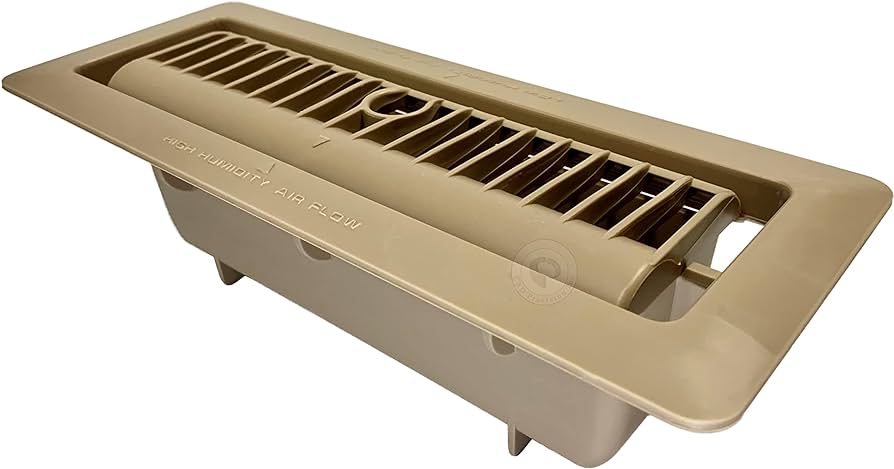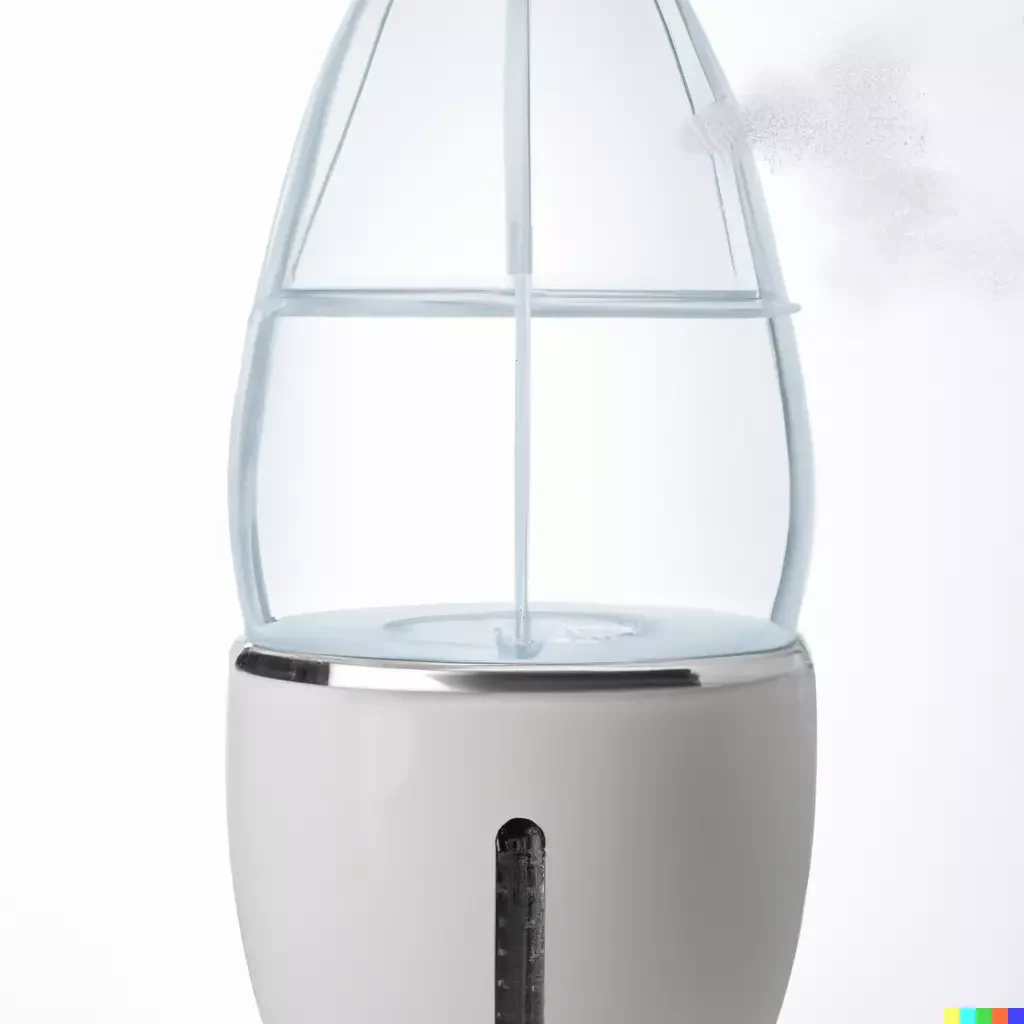A piano humidifier maintains the instrument’s proper moisture level, essential for preserving its sound quality and longevity. These devices help prevent wood damage caused by fluctuating humidity.
Keeping a piano in optimal condition requires careful attention to its environment, particularly the humidity levels which can greatly affect the delicate wooden components and the tuning stability. Piano humidifiers provide a targeted solution to control the moisture around the instrument.
They work by either adding or removing moisture to ensure the environment within the piano’s vicinity stays within a desirable humidity range, typically between 40-60%. Whether you own a grand, baby grand, or upright piano, equipping it with a quality humidifier can be a sound investment in ensuring your instrument’s durability and maintaining the richness of its tone. Proper humidification is especially critical in areas with extreme seasonal changes, preventing the wood from contracting and expanding which can lead to cracking and compromised sound integrity. With a piano humidifier in place, pianists can focus on their music, confident their instrument remains in peak condition.

Credit: www.costco.com
The Need For Piano Humidification
The health of a piano depends on its environment. The right amount of humidity keeps it in tune and prolongs its life. Let’s understand why every piano needs the right humidification.
The Impact Of Humidity On Pianos
Pianos are sensitive to humidity changes. Too much or too little moisture can cause harm. Wood and felt parts absorb moisture. They expand and contract with humidity levels. This affects sound quality and playability.
- High Humidity: Causes swelling and sticking keys.
- Low Humidity: Results in cracked soundboards and loose keys.
Signs Of Humidity Damage
Detecting humidity damage early saves your piano. Look for signs:
- Out of Tune: Strings stretch and contract, affecting pitch.
- Sticky Keys: Swollen keys don’t move smoothly.
- Creaks and Squeaks: Wood parts rubbing together.
- Cracks: Soundboard and bridges can crack.
A piano humidifier maintains the correct moisture level. Pianos stay in tune, and the risk of damage lowers. Protect your investment with the right humidification solution.
Types Of Piano Humidifiers
Your piano is not just an instrument; it’s a masterpiece of craftsmanship. Like all masterpieces, it needs proper care. One crucial aspect of piano maintenance is humidity control. Too much or too little moisture can harm your piano. That’s where piano humidifiers come into play. Piano humidifiers come in different types, each fulfilling the same goal in their unique way. They ensure your piano stays in prime condition, tuning and all. Let’s explore the solutions that keep pianos singing with joy.
In-piano Solutions
In-piano humidifiers are discreet systems that live inside your piano, specifically caring for its inner workings. They are designed to target the humidity level right where the action is, providing a stable environment for the delicate instrument.
- Dampp-Chaser – This is a popular choice. A system of pads, tubes, and a humidistat work together to regulate moisture directly within the piano.
- Undercover systems – These involve a humidity control bar placed underneath the piano to protect the soundboard.
Room Humidifiers
Room humidifiers are devices that maintain the overall humidity of the room where your piano sits. They come in different sizes and with various features to accommodate different room sizes and needs.
Console humidifiers are a common choice for larger rooms, while ultrasonic humidifiers use vibrations to produce a fine mist. Evaporative humidifiers pull air through a wet wick filter, and are known for being low-maintenance.
| Type | Best For | Maintenance |
|---|---|---|
| Console | Large Rooms | Regular |
| Ultrasonic | Quiet Operation | Regular Cleaning |
| Evaporative | Easy Operation | Filter Replacement |
Installation And Maintenance
Ensuring the longevity of your piano involves proper humidity control. A piano humidifier preserves the instrument’s sound quality. In this section, we detail the steps for installing a piano humidifier and highlight the regular maintenance practices required to keep it functioning optimally.
Installing A Piano Humidifier
Proper installation is crucial for a piano humidifier to work effectively. Follow these straightforward steps to set up your device:
- Unpack all components of the humidifier.
- Attach the humidifier bar inside the piano, typically near the soundboard.
- Fill the humidifier with water as instructed by the manufacturer.
- Connect any tubes or wires, ensuring they are neatly tucked away.
- Plug in the power supply and switch the system on.
Refer to the user manual for specific details related to your model. An expert can assist if you encounter challenges.
Regular Maintenance Practices
To protect your investment, adopt these regular maintenance routines for your piano humidifier:
- Check water levels weekly and refill as needed.
- Inspect for leaks or loose connections monthly.
- Clean the humidifier pads or tanks every two months to prevent mold.
- Review the owner’s manual for specific maintenance tips for your device.
- Contact a professional for annual system check-ups.
Maintaining your piano humidifier ensures optimal performance and durability of the system and your piano.

Credit: www.amazon.com
Choosing The Right Humidifier
Pianos are sensitive to humidity. Keeping the right level makes your piano last longer. A humidifier does this. But, which one is best for your piano? Let’s dive into key features and top brands to help you decide.
Key Features To Look For
Hunting for the perfect humidifier starts with features.
- Size: Match it to your piano’s space.
- Moisture Control: Find a device that offers precise adjustments.
- Auto Shut-off: It turns off when needed to save energy.
- Low Noise: Quiet operation is a must near a piano.
- Easy Maintenance: You want hassle-free upkeep.
Humidifier Brands And Models
Different brands cater to specific needs. Consider these options:
| Brand | Model | Features |
|---|---|---|
| Dampp-Chaser | Pad Treatment | Auto Humidity Control |
| Soarun | Hygrometer Humidifier | Easy Digital Monitoring |
| AcuRite | Pro Accuracy | Indoor Monitor and Detector |
Research and compare these models for the best fit.
Balancing Humidity And Temperature
Pianos thrive in well-balanced environments. Too much or too little humidity can harm your instrument. Consistent temperature is also key. Together, they maintain your piano in top condition.
Understanding The Ideal Range
An ideal humidity level keeps a piano sounding its best. This level ranges from 40% to 50%. Extreme humidity changes cause wood to swell or shrink. This affects tuning and can damage the piano over time. A stable temperature around 68°F-72°F complements ideal humidity. Now what stands in the way of maintaining this balance?
Using Humidity Control Systems
Humidity control systems work around the clock. They protect your piano from harsh changes. Devices like Dampp-Chaser create a stable environment. Let’s look at the types available.
- Humidifiers: Add moisture when the air is too dry
- Dehumidifiers: Remove moisture when there’s too much
- Hygrometers: Monitor levels so you can take action
| Device | Function | Benefit |
|---|---|---|
| Humidifier | Adds moisture | Prevents dryness |
| Dehumidifier | Eliminates excess moisture | Stops swelling |
| Hygrometer | Measures humidity | Keeps you informed |
Use these tools to maintain ideal conditions for your piano. This approach lengthens the instrument’s life. It ensures rich, accurate sound for years to come.
Additional Protective Measures
While a piano humidifier does wonders for moisture control, pairing it with additional protective measures can offer your instrument more comprehensive care. Together, they safeguard the longevity and pristine condition of your piano. Let’s explore the steps that combine to create a fortress of protection for your beloved instrument.
Piano Covers And Insulation
The right cover can shield your piano from dust, sunlight, and accidental spills. Opt for heavy-duty covers that fit snugly over your piano. They prevent unwanted particles from creeping into the delicate inner workings. Covers also serve as a barrier against temperature changes, providing an extra layer of climate control alongside your humidifier.
Bold key benefits of piano covers:- Avoids dust accumulation
- Blocks harmful UV rays
- Reduces the risk of liquid damage
Professional Inspections And Tune-ups
Regular professional attention keeps your piano in tune and alerts you to any emerging issues. Experts can fine-tune the instrument, ensuring it sounds its best. They also inspect for any signs of damage or wear that could escalate if left unchecked. A proactive approach means small issues get fixed quickly, avoiding costly repairs.
Advantages of routine professional care:- Preserves optimal sound quality
- Detects early signs of wear
- Prevents expensive future repairs

Credit: www.costco.com
Frequently Asked Questions On Piano Humidifier
Are Humidifiers Good For Pianos?
Yes, humidifiers are beneficial for pianos as they help maintain consistent humidity levels, preventing damage to the wood and tuning stability.
Do Piano Dehumidifiers Work?
Yes, piano dehumidifiers are effective. They control humidity levels, protecting the instrument from damage and maintaining sound quality.
Where Should A Humidifier Be Placed On A Piano?
Place a humidifier several feet from the piano, avoiding direct contact with the instrument to ensure even humidity distribution.
How Do You Humidify An Upright Piano?
To humidify an upright piano, place a room humidifier nearby or install a piano-specific humidification system inside the instrument. Keep humidity levels around 42-60% to maintain optimal conditions. Regularly check humidity with a hygrometer to ensure proper moisture levels.
Conclusion
Maintaining your piano’s integrity demands proper humidity levels. A piano humidifier isn’t just a smart investment; it’s a guardian for your instrument’s life span and sound quality. Embrace this small step towards preserving your musical companion, ensuring melodious performances for years to come.
Choose the right humidifier and play on, worry-free.





